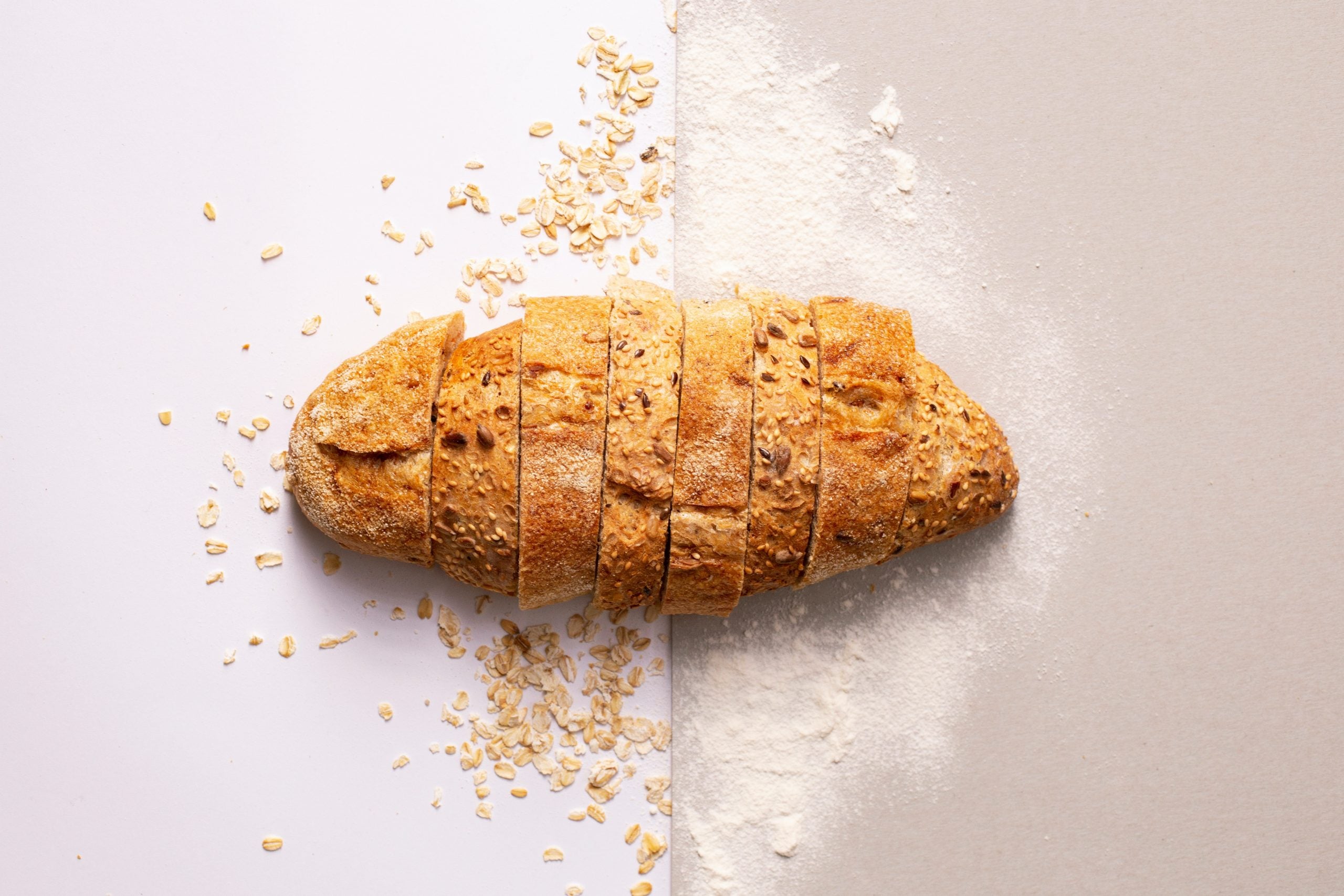One common problem that people find when baking gluten-free bread is that it can come out dry and crumbly. This is an age-old issue for the gluten-free baker. And though it can be the source of significant frustration, it’s also not too difficult to fix.
So today we’re going to take a look at how to make gluten-free bread taste more moist and well-textured.
Why is gluten-free bread dry in the first place?
The first, and most obvious, answer to this question is the fact that gluten-free bread doesn’t contain gluten. The presence of gluten helps to hold the recipe together and prevent it from crumbling. So the absence of gluten takes away this quality.
Furthermore, gluten-free bread can also turn out dry due to the flour, liquid, and baking process not coming together in the way that you initially intended and expected. A common problem is that the gluten-free flour is too dry and not enough moisture is added during the initial phases of mixing and measuring.
So, when talking specifically about the crumbliness of your recipe, a simple formula to follow is this: too dry = an excess of dry ingredients or too little moisture.
How to make gluten-free bread more moist
This brings us to the most important part: how do we fix all this crumbly dryness?
If you’re following a recipe, then the first and most simple solution is to really follow the recipe. This might sound too obvious to be of any value, but when it comes to gluten-free baking, it’s especially important to use the exact measurements provided. Being prepared always helps. Make sure to thoroughly look through the recipe before starting to ensure that you have all the ingredients (and amounts) called for.
Another seemingly obvious but important consideration is to make sure you’re using flour intended for bread baking. There are lots of different flours out there, and though an experienced baker may be able to successfully experiment, most of the time it’s better to play it safe. By purchasing a gluten-free bread flour mix, you’re ensuring that it has the proper combination of ingredients necessary for good quality bread.
Some quick tricks
For a quicker fix, here are some tips to bear in mind and experiment with…
Look for recipes with eggs – this won’t be an option for everyone, diet-depending. But if you’re ok eating eggs, then it might be a good idea to follow egg-based bread recipes. Eggs add moisture and act as natural leaveners, contributing to the rise and volume of your bread.
Swap out the water – some say that substituting the water in a recipe with carbonated water or gluten-free beer can help to promote volume in your loaf.
Make sure all your ingredients are room temperature – temperature plays an important role in gluten-free baking, so it’s important to get it right. If you’re using any refrigerated ingredients, make sure to get them out and ready a good while before you start baking.
Resist adding more flour – some gluten-free bread batters can look quite runny, but if you’re following a recipe then this will be intentional. Sometimes a runny bread dough can seem a bit wrong. Naturally we want to alter it by adding more flour and making it a little more solid. But this is definitely something to avoid. So, be at peace with your soupy batter and trust the process!
A few recipes
Now, after all that talk, here are a few recipes to geat stuck into!
Alison’s Gluten Free Bread (All Recipes)
Gluten-free Bread (Jamie Oliver)

